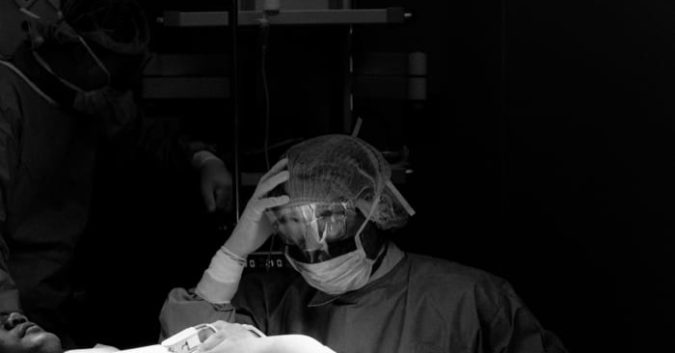While it’s the particularly gruesome doctor and hospital mistakes that capture the public’s attention, 1 of the primary causes of deadly medical errors continues to be miscommunication between doctors, nurses, and staff. These errors are often impossible for patients and their families to detect, and may result in an improper diagnosis, delay of care, or other complications. All too often, these missteps remain unnoticed until it is too late.
Effective treatment depends on the timely and accurate interaction of all the healthcare professionals involved – failures in communication have deadly consequences. The sad truth is that communication errors occur all too frequently. Although hospitals are far from transparent about the number of deaths caused by medical error, we know the number is too high.
The number of preventable deaths that occur in American hospitals each year as a result of medical error is staggering. Depending on the study cited, it is estimated that medical errors play a role in anywhere from 100,000 to 400,000 deaths a year. Some estimates place the number of deaths lower, and some suggest the number is far higher. So, by a conservative estimate, the number of preventable deaths in American hospitals, each year, is 20 times the number of U.S. soldiers who have died in Iraq since 2003.
Modern Care and the Importance of Effective Communication
Healthcare has evolved since the days when a single doctor would advise and treat patients in their own home. No one wants to go back to the way things were, but advances in modern medicine have brought their own problems. Care of a single patient is now spread over time, distance, and between many different professionals. Although it is not pleasant to think about, there is an opportunity for misunderstanding each time information is shared.
Even in the most straight-forward scenarios, a patient will likely give and receive information to a number of professionals: a receptionist, nurse, and a physician. If the patient is entering a new hospital, they must also rely on the proper transfer of their records from one institution to another.
For someone undergoing a surgery, their treatment likely involves months of meetings with various specialists before, during, and after the operation. If the patient has traveled for surgery, likely their recovery will be managed at a location closer to home, and a new care team must be brought up-to-speed about their unique circumstances.
With longer-term treatment, communication must be maintained between different care teams on multiple levels. Each day, care teams must communicate effectively with one another and with multiple patients.
Additionally, there is the ongoing work of maintaining records, ordering tests, analyzing lab results, and other information sharing that takes place between different people and buildings across and between organizations. As workers go home for the night, shifts change, and the outgoing care team must update the incoming team.
With all of these separate acts of communication, the process might resemble something akin to a game of telephone, where bits of information get misconstrued along the way; human error looms large.
Transfers Can Lead to Serious Errors
These shift changes, called “hand-offs,” can be problematic. In order to maintain continuous care, these transitions are unavoidable. In a perfect world, when doctors and nurses change shifts, they would have all the time they need to share information. But that is not always the case. The Joint Commission, the organization that certifies and accredits healthcare organizations, estimated that 80 percent of serious medical errors occur during hand-offs.
Successful treatment therefore depends upon the consistent precision of interactions between a growing number of healthcare professionals. When information is lost in the shuffle, patients suffer.
The Deadly Cost of Miscommunication
In a recent study of medical errors published in The Journal of Oncology Practice, The Veterans Health Administration National Center of Patient Safety analyzed reports of adverse events, where patients were injured or died. What they found was that the most common causes were due to breakdowns in policy or process and insufficient communication.
These recent findings confirm that communication issues are still a primary cause of deadly medical errors. Such errors can occur at every level of the hospital hierarchy. Nurses and residents may suppress important information because they are worried about questioning the decisions of those above them. Physicians may disregard important information from nurses or fail to pass on important information to other physicians who are treating the same patient. Deficient physician interaction may result in incorrect or delayed care, and complications arising from such errors are quite common.
What Can Patients Do to Avoid Errors?
Medical errors, which can occur anywhere, are often the responsibility of a hospital staff member, such as a doctor, and are largely outside the realm of a patient’s control.
That said, there are still ways to take an active role in one’s treatment. The Agency for Healthcare and Research Quality (AHRQ), part of the U.S. Department of Health & Human Services (DHHS), published a list of tips to help patients prevent medical errors.
